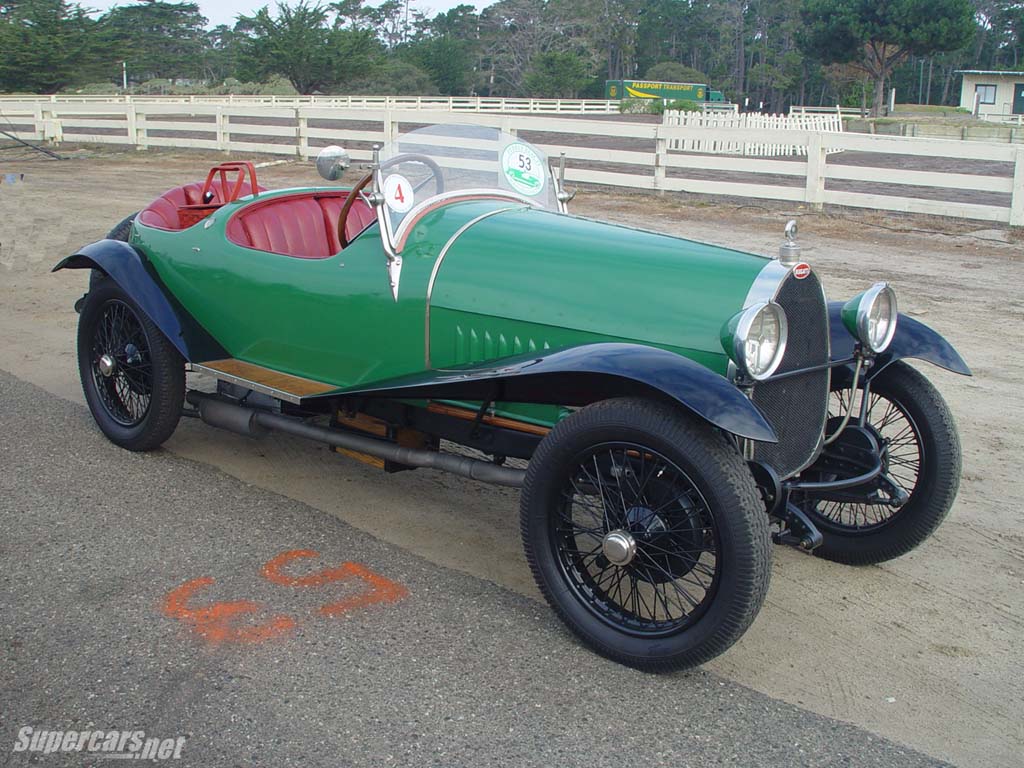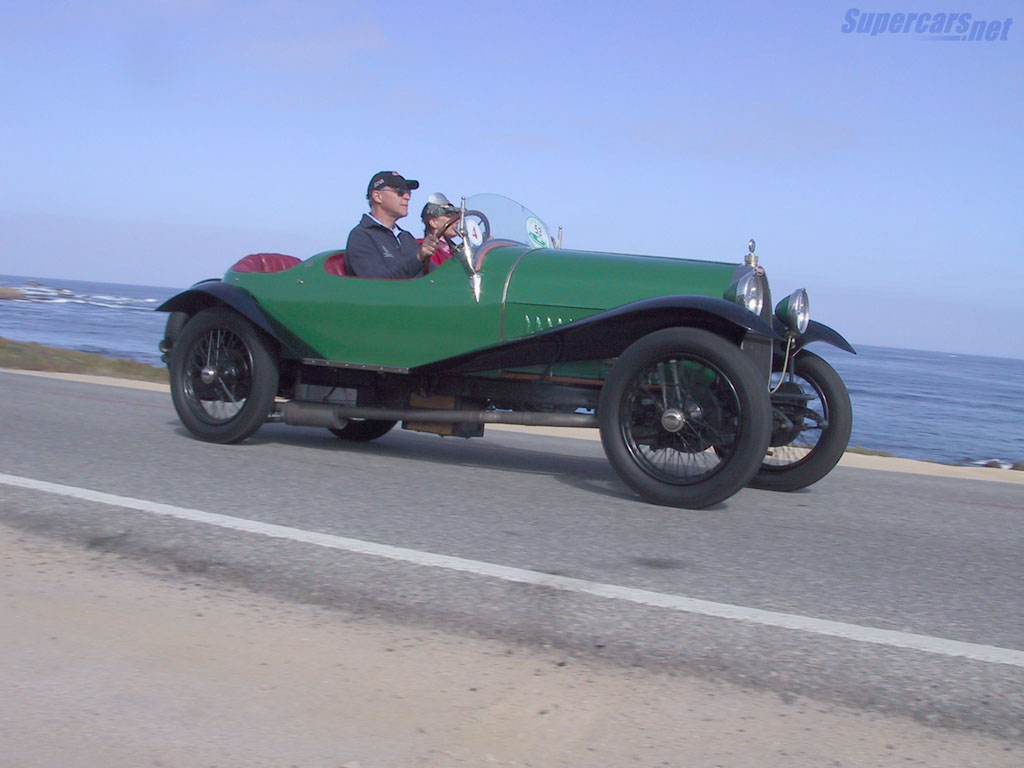1924 Bugatti Type 23 Brescia
Ten years after its introduction, Bugatti’s three car line-up was ready for it second major revision. Where the 1913 revisions concentrated on the chassis and bodywork, the second concentrated on the engine.
As one of the first engines in history, the new engine featured 4 valves per cylinder. The 16-valve engine was originally developed in 1914, but the First World War interfered and Ettore Bugatti buried the engines.
In 1920 the first outing of the 16-valve engines was a big success with Friedrich winning the French Voiturette Grand Prix at Le Mans. Even more successful was Bugattis clean sweep of the first four places at Brescia in 1921. The Type 13 ‘Brescia’ took that name following the factory’s first four places at the 1921 Italian Grand Prix for Voiturettes, held at the eponymous racetrack in Lombardy.
Like with the 8-valve engines the Brescia was available in three wheelbases. Some 2,000 Brescias were built between 1914 and 1926 with engine capacities of 1,368, 1,453 and 1,496cc. It was the multi-valve and with 2,000 examples being built it was the first full-production multi-valve car ever made. One of the Brescia’s few flaws was the lack of front brakes. This was solved in 1924 when front drum brakes became a standard feature.
Pictures & Gallery
See full 1924 Bugatti Type 23 Brescia Gallery here






